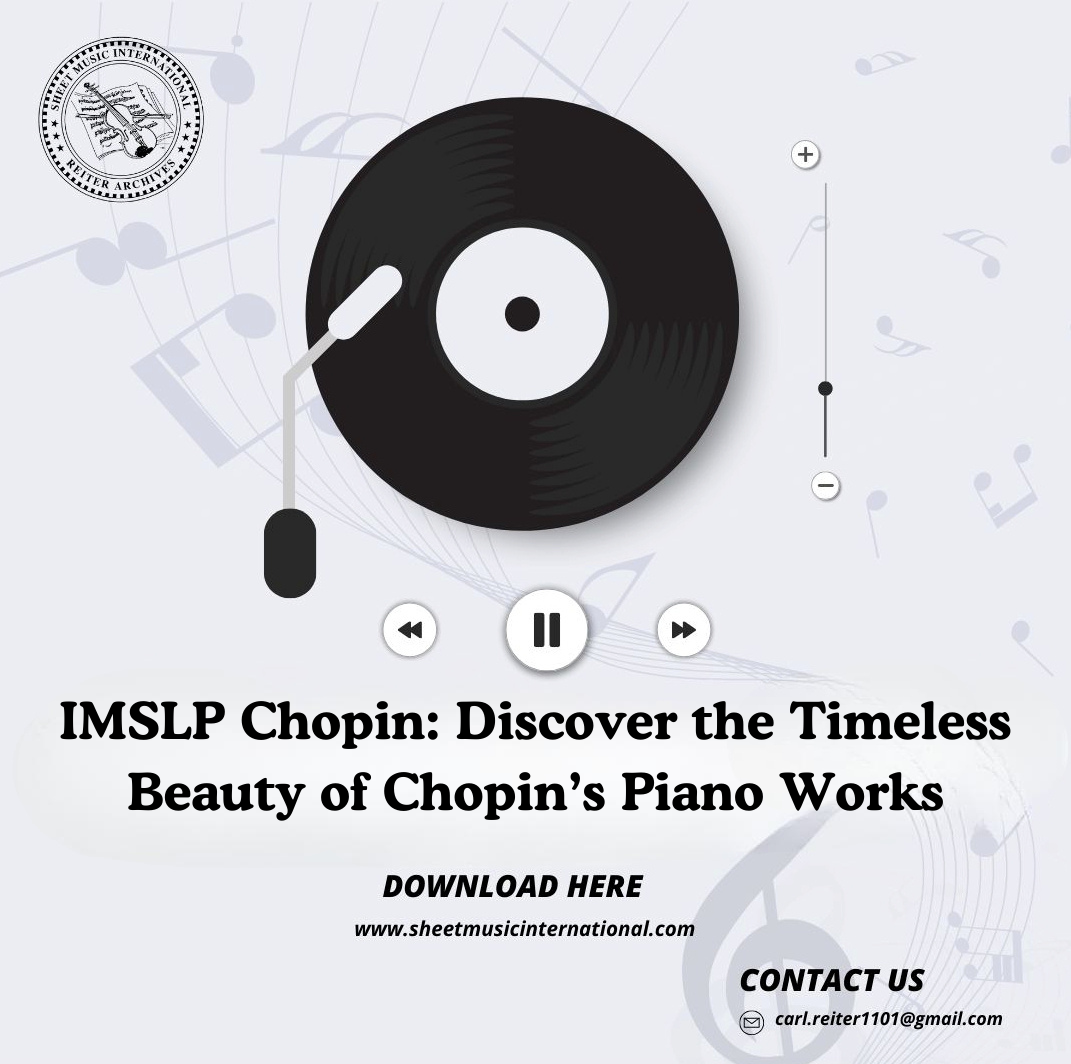
Your Request is under process, Please wait.


For cellists, just playing repeatedly or running scales is not enough to master a composition. To truly gain an understanding of a piece of music and make the most out of your practice time, it is important to thoughtfully annotate your cello sheet music. Annotations help you in marking technical challenges, interpretive ideas, and rehearsal notes, which makes your practice sessions more fruitful.
For cellists, just playing repeatedly or running scales is not enough to master a composition. To truly gain an understanding of a piece of music and make the most out of your practice time, it is important to thoughtfully annotate your cello sheet music. Annotations help you in marking technical challenges, interpretive ideas, and rehearsal notes, which makes your practice sessions more fruitful.
In this blog, we will discuss some strategies for annotating your cello sheet music, the benefits of doing so, and how platforms like Sheet Music International can enhance your learning experience with curated free public domain music and complementary resources such as viola sheet music.
Many musicians underestimate the power of annotating their sheet music. Writing notes on your score is a great way to minimize mistakes while you are practicing the music. For example, annotating will help you to capture the changing interpretive ideas you have around phrasing, dynamics, or bowing, plus you can track technical elements like shifting, double stops, or possibly difficult rhythms. By annotating, you also engage more with the music and can internalize both its technical and musical aspects.
Annotating your cello sheet music can create a personalized roadmap for your practice and performance. By annotating thoughtfully, you can save time, reduce mistakes, and internalize both technical and musical details.
Here are some techniques you can follow to annotate your cello sheet music properly:
Use a pencil or color-coded system to mark repeated themes or motifs, important dynamics like crescendos or decrescendos, and articulations like staccato, legato, or spiccato. Highlighting these elements will ensure that they are visible while playing, which can prevent accidental omissions and will also improve your musical memory.
As a cellist, there are always multiple ways to finger a note or make a bow stroke. By annotating fingerings directly onto your cello sheet music, everything will be in one place, and there won’t be any confusion during a rehearsal. Bowing indications can also be marked to align phrasing with musical expression.
For any difficult passages or sections, add small reminders for position shifts, note double stops/chords, and string crossings. This can mitigate the risk of constantly stopping to sort out technical issues, which can slow down practice sessions.
Music is not just about hitting the right notes. Use your annotations to describe the emotional expression or mood, phrasing, and breathing points, and the emphasis on certain beats or harmonies. By adding these reminders, your practice sessions would become more musically expressive.
Though annotations are useful, over-markings can make the score messy and unreadable. Use a soft pencil for temporary markings that need to be erased. There should be minimal color-coding to separate technical reminders from interpretive suggestions.
One of the most effective annotation strategies is to create rehearsal marks. You can number the measures, circle the particularly tricky parts, and write information on the score like “slow tempo,” “repeat slowly,” etc. This process enables you to document your growth and focus time on the skills that need the most attention.
The availability of free public domain music online has made it easier than ever to access high-quality cello repertoire. Clean, public domain editions are great for annotating music because they allow musicians to write fingerings, bowings, and performance notes directly on the score without damaging the original. Through platforms like Sheet Music International, musicians can not only find these scores but also get curated editions, related works, and even viola sheet music for ensemble study.
Annotating your cello sheet music is a great way to grow your musical senses. By marking fingerings, bowings, phrasing, and ensemble cues, cellists can focus on interpretation, technical mastery, and performance readiness. With the rise of free public domain music and curated platforms like Sheet Music International, accessing high-quality scores suitable for annotation has never been easier, including complementary viola sheet music for ensemble practice.
So if you are preparing for a recital, studying solo repertoire, or exploring chamber music, explore top scores on Sheet Music International today and start annotating to grow your musical skills.








.png)